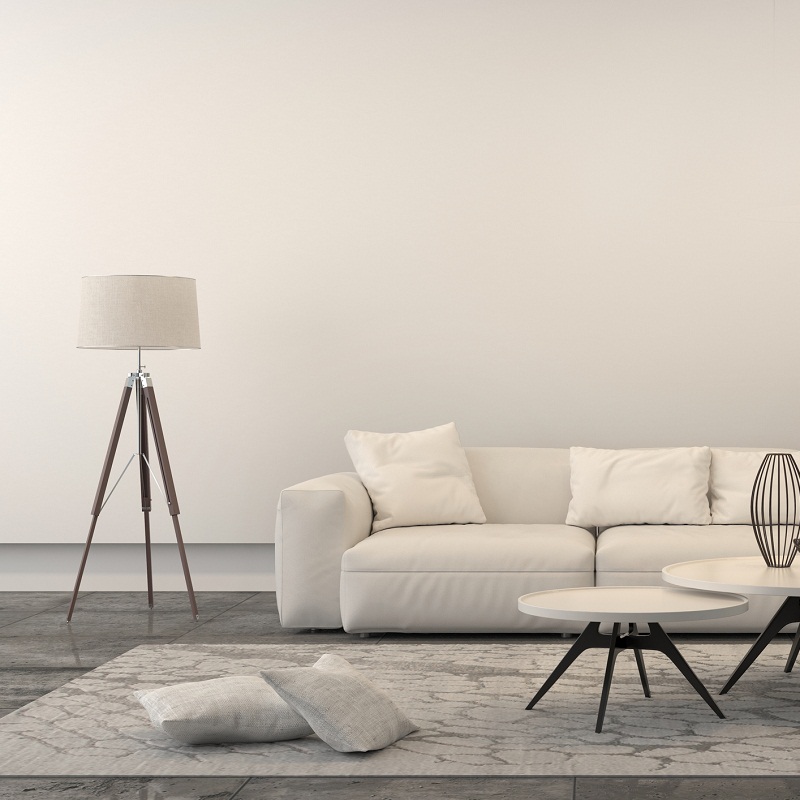
Considered years ago to be unfashionable, even kitschy, they appear again, this time in a version that can not only appeal to a very wide range of tastes, but also provides great flexibility and the ability to combine with almost any design element. Lamp shades, which will once again reign supreme in the most elegant arrangements, fit both representative living rooms and atmospheric bedrooms or offices. Let's take a closer look at the history of lamp shades and see why they have a good chance of becoming a real hit in interior design.
Where did lamp shades come from?
Lamp shades have quite a long history, because they appeared in the 18th century, initially serving as a decoration protecting against too intense candlelight. However, the use of fabrics in combination with open fire was associated with great danger, which is why their greater popularity can be seen only after the appearance of the oil lamp covered with a glass shade. However, the real boom came right after the widespread introduction of electricity at the end of the 19th century and at the turn of the 20th century together with a bright light bulb. During this period, not only fabric lampshades became fashionable, but also those made of paper. However, they soon had to compete with lampshades made of glass and other materials - metal, porcelain and alabaster.
In more recent times, lampshades are associated primarily with the style prevailing in the ancient times of the Polish People's Republic and not very impressive designs. Although in the case of the mass-market fabric lampshades made of crinkled synthetic fabrics with fringes in the 1980s, such a combination may be justified, it is worth remembering that many lamp designs created by Polish designers of the 1960s and 1970s are still true works of applied art.
The great charm of lampshades lies, among other things, in the fact that they work great in combination with all types of lamps. They can be mounted on larger table lamps or small ones placed on bedside tables, but also on wall sconces. They will also work well as a chandelier decoration or in a classic combination with a floor standing lamp.
Why is it worth choosing a lamp with a lampshade?
In today's emerging decorative trends, we can observe the great comeback of lamps in which fabric lampshades are used. This is due to the wealth of decorative effects that can be achieved with them. Effectively illuminated patterned and colorful fabrics attract with the possibility of creating a warm atmosphere in the room, and importantly, lamps in which they are used decorate the space even when they are turned off. For people who want to diversify and enrich the arrangement of individual rooms, the fact that lampshades fit almost any style is also important - depending on their geometric form and the type of material used. Uniform and more diversely shaped lampshades, decorated with additional elements, e.g. sewn-on or hanging crystals, will fit perfectly into glamour style interiors. Single-colour, cream, grey or white will work well in combination with minimalist stylings, and multi-coloured will look great in modern eclectic arrangements. Dark single-colour lampshades will be an attractive addition even in an interior decorated in loft or industrial style.
The advantage of using lampshades is the possibility of free selection of their forms, dimensions and type of fabric used. Depending on the models, they allow for obtaining varied effects. What's more, they give the possibility of completely changing the character of the interior at moderate costs. Beautifully illuminated fabrics with plant motifs, geometric patterns or calm and monochromatic ones make it easier to create interesting effects. A wide selection of shapes is also important - from cylinders and classic cones or cubes to more fanciful ones and those referring to traditional and very diverse patterns.
Using a lampshade is also a way to obtain interesting lighting effects. You can decide on a classic lampshade that gives a subdued
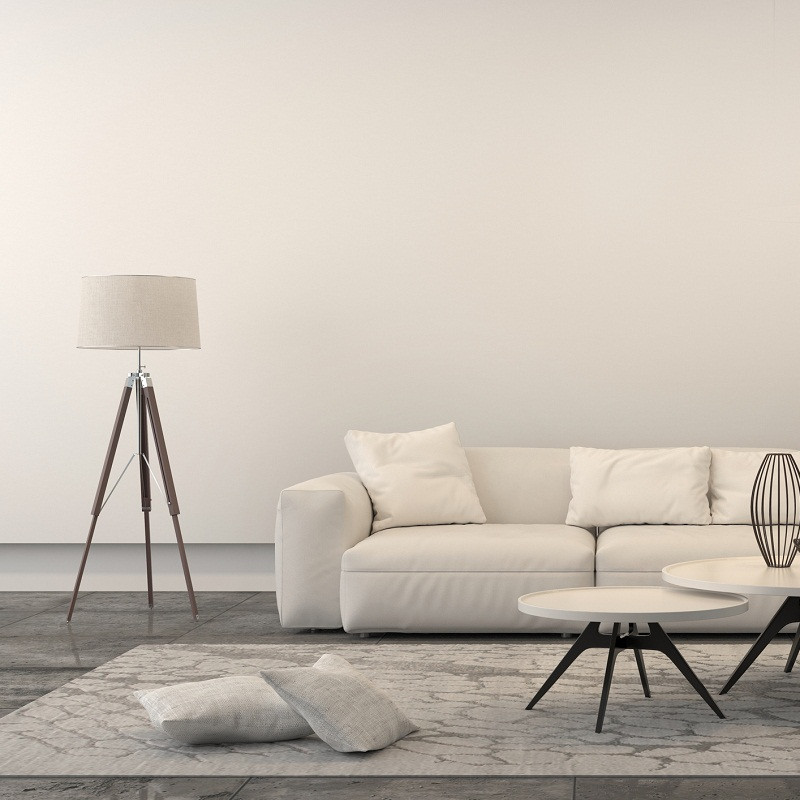
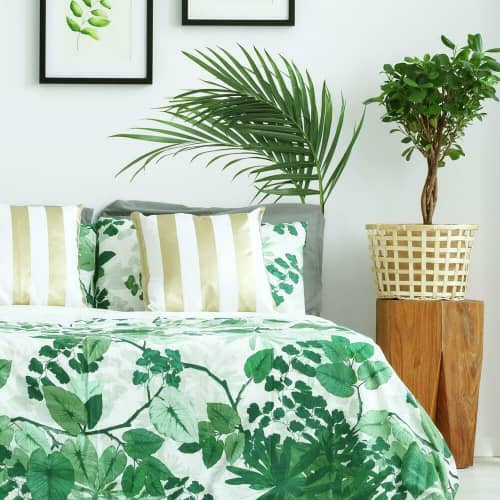

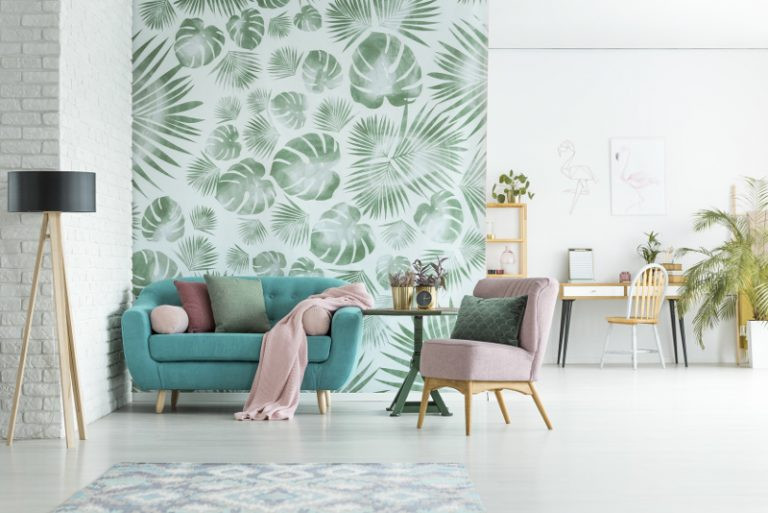
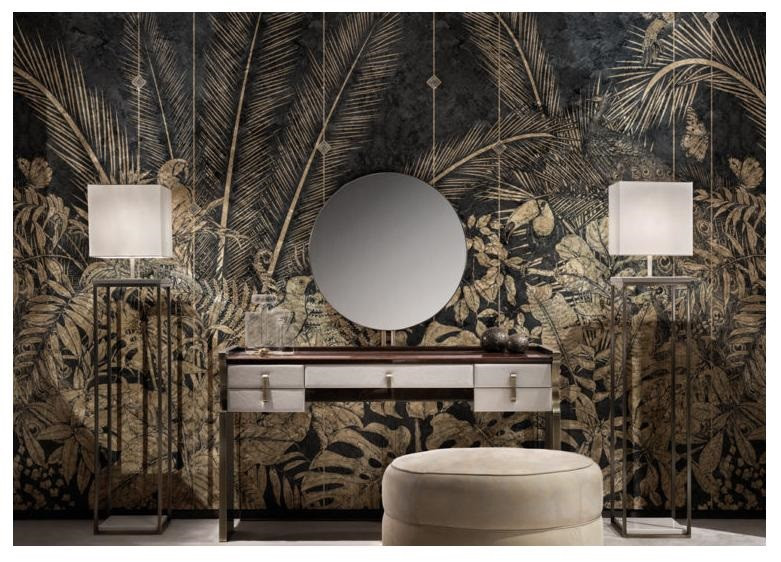
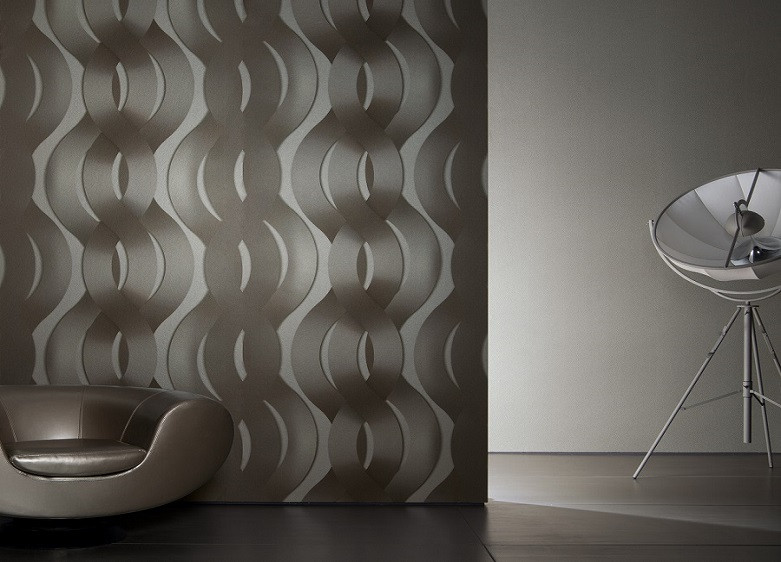
Leave a comment